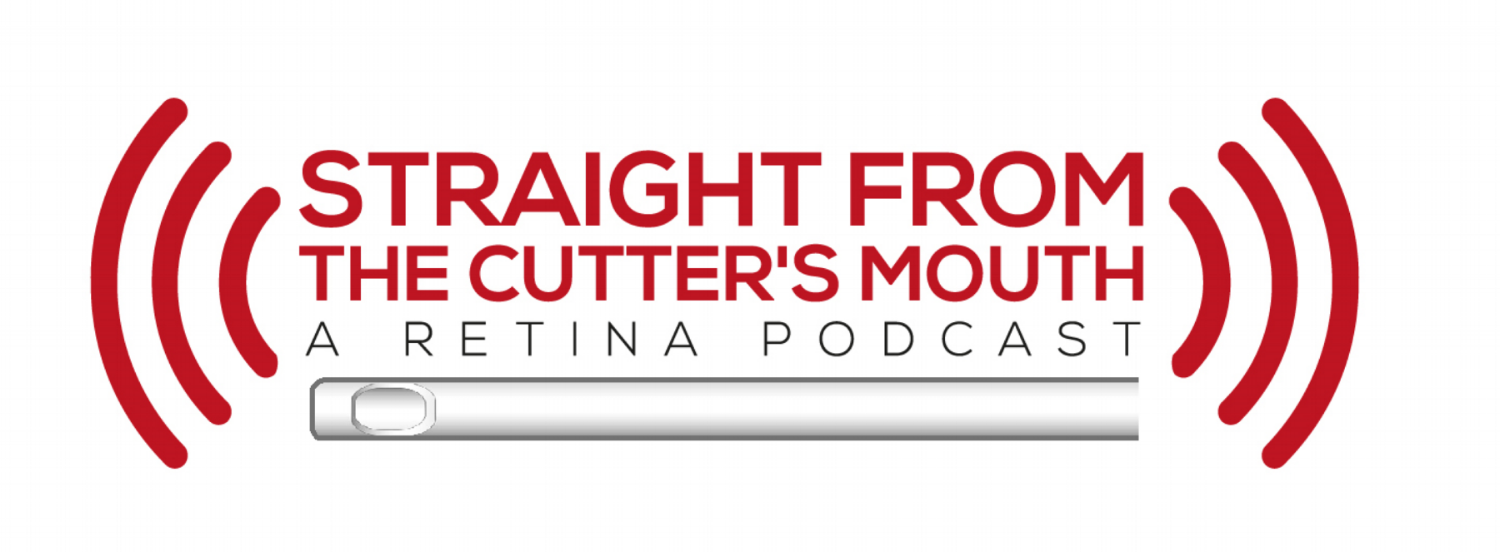Lessons from our Pupils: A Reflection [Episode 1]
In the true spirit of learning lessons from our pupils starting this week we are starting a new blog feature with one of our stellar medical students offering their perspective on the week’s episode
-JS
In this week’s episode, Jay was joined by Drs. Daniel Chao and M. Ali Khan for another journal club installment (Link) – this time, the topics of discussion were outcomes of K grant awardees in ophthalmology; medical student involvement with ophthalmology and professional ophthalmology organizations; and the accuracy of online, freely-available medical information for patients.
As a fourth-year medical student currently applying for an ophthalmology residency, the middle segment of this episode resonated with me. Fortunately, ophthalmology was one of my first exposures to the medical field, as a high school student shadowing to explore the option of medical school. Although I did not understand everything (or, rather, almost anything) I saw during my encounters, those experiences placed ophthalmology on my mind early on. At the University of Miami, our medical school is fortunate enough to be affiliated with the Bascom Palmer Eye Institute. As a result, we have a 1-week ophthalmology course built into our pre-clinical curriculum, and there are a number of ophthalmology electives for those interested in exploring the field.
However, as discussed in this week’s episode, many students have a difficult time “finding” ophthalmology when the field is not part of the required, pre-clinical curriculum, or when elective options are limited or even absent. While on residency interviews this year, I have met a few students who had no ophthalmology department at their institution, and thus had to resort to external sources for shadowing and mentorship purposes. Although this can certainly be done for those who are motivated, it does limit the students’ initial exposure to the field. To me, the simplest start for schools is to add a lecture of introductory ophthalmology (we had one such lecture during our Neurology block), complete with information relevant for the non-ophthalmologist and the ophthalmologist alike. Jay, Louie, and I discussed this in a previous blog post (Link), but when it comes to clinical electives, my most educational moments were those where a teaching scope was available and the clinician talked through their thought process, which allowed me to build some pattern recognition skills. Regardless of the specifics, early exposure would help medical students to place ophthalmology on their radar for the future.
This episode also discussed the role medical students play in the various professional ophthalmology associations, including whether or not students can be members, can serve on the board, or receive discounted registration fees. I recently attended my first ophthalmology meeting, the American Academy of Ophthalmology’s 2018 Annual Meeting, to present the results of our one-year anniversary survey from last year. As a medical student, I greatly enjoyed my time there. I was immediately struck by how busy the venue was, with healthcare professionals abound, pharmaceutical advertisements lining the entrance’s large staircase and hanging banners, and security at every door. Lectures were plentiful, and I was able to tailor my attendance toward those that would offer the most benefit for my level and my interests. I am not a committee member for any of these organizations and so cannot comment on the value of that specific experience, but I would certainly advocate for financial support for medical students to attending meetings. Although ophthalmology is a relatively small medical community, attendance allows one to appreciate its worldwide presence and to get excited about advancing this presence in the years to come.
-Michael Venincasa

